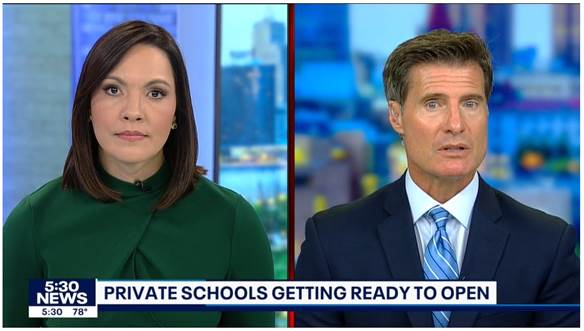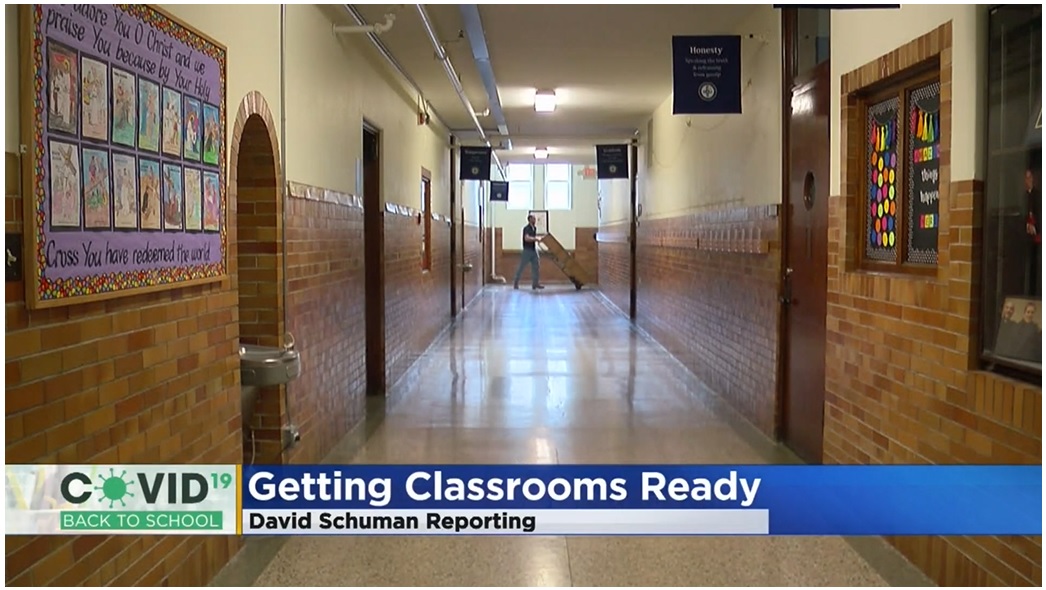At a time when political polarization dominates nearly every policy debate, educational choice stands out as a surprising area of consensus. Polling consistently shows support for school choice policies — including private school choice policies — from voters across political and demographic lines.
For policymakers, this rare alignment isn’t just encouraging; it’s a strategic opportunity. With public backing strong and sustained, now is the time to craft durable, student-centered reforms that transcend party lines and reshape American education for the better.
In Minnesota, legislation that would establish an Education Savings Account (ESA) program has already been introduced. And there is broad enthusiasm across the political and geographic spectra for such a program that will get harder for lawmakers to ignore as states across the country continue to create and expand their ESA and related choice policies.
More than just a polling statistic, voters are signaling to their elected officials that they want innovative policies that rethink the way education is delivered and that offer more flexibility than the current school model they are confined to. Championing such policy allows legislators to demonstrate responsiveness to their constituent preferences and bridge partisan divides by finding common ground on education reform.
In fact, according to a recent national poll by 3D Strategic Research, in a head-to-head race for the state legislature, a majority of voters (57 percent) would vote for the candidate who supports school choice, while just 20 percent would vote for the candidate who opposes school choice.
The political unity of ESAs as a policy solution has tracked for years. EdChoice’s annual “Schooling in America” (SIA) survey, which has polled public opinion on educational choice policies since 2013, has found that, with the exception of 2021, the gap between support levels of Democrats and Republicans for ESAs has stayed within five points and has been quite strong since 2017.

“…[W]e now have 13 years of signal — the majority of both Republicans and Democrats support ESAs,” points out EdChoice’s Colyn Ritter. “Notably, Democrats have been more likely to support ESAs than Republicans on a handful of occasions, including as recent as our 2024 SIA survey.” Both Democrats (75 percent) and Republicans (74 percent) are also very supportive of universal ESAs (available to all families, regardless of income or special needs).

The reality is clear: Families want choices and they support removing financial barriers to make sure those choices are available to all. This isn’t a fringe issue, it’s a mainstream demand. Yet opposition from entrenched interests — particularly the teachers’ union — paints it as a threat rather than an opportunity.
Policymakers would do well to pay attention. As education continues to be a top concern for voters, especially as achievement challenges persist, ignoring this bipartisan trend could come at a political cost. Regardless of party, parents are saying the same thing: one size doesn’t fit all, and families deserve options and ways to access them.











![[downloaded during free trial]](https://oakmn.org/wp-content/uploads/2025/11/iStock-1430368205-120x86.jpg)

